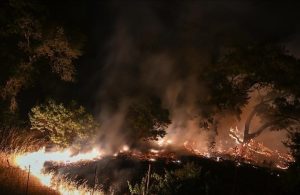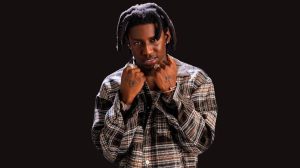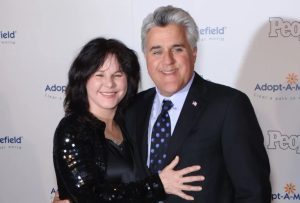Cloned Black-Footed Ferret Delivers Two Healthy Kits, Increasing Species’ Genetic Diversity
2 min read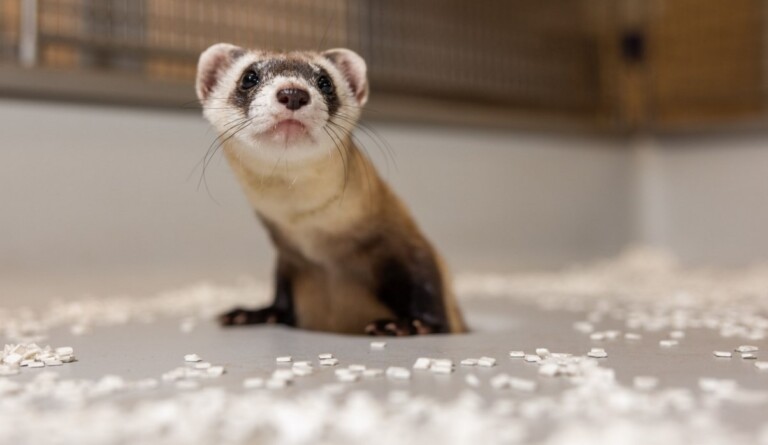
Antonia, one of three cloned ferrets based on DNA of a female captured in 1980 – credit, US Fish and Wildlife Service
In Front Royal, Va., a black-footed ferret has done her part toward saving her species by delivering two healthy kits.Antonia is the world’s first cloned black-footed ferret, generated from the DNA of Willa, a female ferret captured in Wyoming who died in the 1980s. Cloning her will also provide a fresh infusion of genetic diversity into the species, an essential element for long-term survival and recovery. The black-footed ferret has been considered as one of North America’s most endangered mammals, and the birth of these kits is seen as a key stride in efforts toward their population restoration to the prairies, where they once thrived.
The black-footed ferret recovery program of the U.S. Fish and Wildlife Service has been on the leading edge of using cloning as a conservation tool. Antonia was one of three ferrets cloned in 2020, along with Noreen and Elizabeth Ann, who now reside in a Colorado facility. Cloning is one of the surest ways to effectively boost genetic diversity—though all black-footed ferrets alive today descended from only seven original ancestors—and is something critical toward ensuring disease resistance and adaptability, with a view to improving the genetic problems confronting the species.
Black-footed ferrets were considered extinct until the 1980s, when a Wyoming rancher found one on his doorstep. From this discovery emerged a small colony of 24, which formed the foundation for a captive breeding program. Now, thousands of ferrets have been produced and released into the wild; however, long-term viability due to its small genetic base has been questioned.
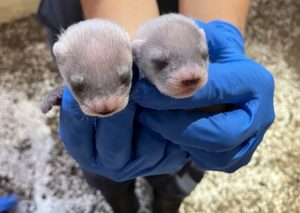
Cloning, as in the case of Antonia and her kits, may improve these issues by incorporating new genetic lines. Antonia’s kits, combined with Noreen, are three times as genetically diverse as the existing wild population. This diversity could significantly enhance the robustness of the species against disease and other environmental stressors. But even though Antonia’s kits won’t be released into the wild, they are sure to play a part in future breeding programmes that could eventually lead to the reintroduction of more genetically diverse ferrets.The pregnancy of Antonia and the birth of her kits also mark a milestone in the works of conservationists. Showing that cloned animals can reproduce normally is an important step not only in restoring black-footed ferrets but also in the effort to save other critically endangered species, including the northern white rhino, through cloning techniques.
As such, conservation scientists therefore hope that with continued cloning and genetic diversity strategies, one day the black-footed ferret might again roam North America’s plains in higher numbers, taking back its proper place within the ecosystem where this species once was dominant.
In past interviews, Sidem spoke of her deep admiration for Kartel first and foremost as an artist, but more importantly, as a man who has captured her heart. “I found him very handsome…an obsession,” she said, describing him as her “perfect match.”



